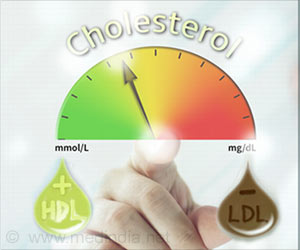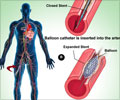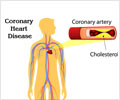Highlights
- QMUL Wolfson Institute of Preventive Medicine study finds newborn screening will aid in detecting familial hypercholesterolemia early.
- Effective treatment strategies will lower risk of heart attack among adults below 40 years.
- The screening will also identify parents at risk of familial hypercholesterolemia.
Early detection and use of preventive strategies have been found to lower the risk of heart attacks that occur before the age of 40 years in people with familial hypercholesterolemia. The finding by researchers from the QMUL’s Wolfson Institute of Preventive Medicine, if utilized by Public Health Services in England and Wales could
- Prevent 600 heart attacks that occur due to the condition in people below 40 years of age.
- The genes for familial hypercholesterolemia were found in 1 in 270
- 40 children were found to be FH positive.
Child–Parent Screening
Familial hypercholesterolemia is an inherited disorder so if a child is detected with the condition, then one or both the parents may be affected with the condition. Therefore, screening the child will result in a child-parent screening.Early Preventive Action
The screening of children and the detection of the condition will also signal the need for parents of the child to be tested. In the study it was found that for every 125 people tested, one person was at a high risk of a heart attack. This saved the individual from the trauma of a heart attack as preventive medical support was soon initiated. This method of testing will greatly benefit individuals with familial hypercholesterolemia.
Symptoms of Familial Hypercholesterolemia
Initially there were no symptoms of the condition. However, as the disease progresses, the following symptoms may be identified.
- There will be fatty deposits on the hands, knees, elbows and around the cornea of the eye called xanthomas.
- There will be deposits of cholesterol in the eyelids called xanthelasmas
- Cramping could occur in one or both the calves while walking.
- There may be sores on the toes that do not heal.
References:
- Prevalence of hypercholesterolaemia among adults aged over 30 years in a rural area of north Kerala, India; a cross sectional study - (http://www.searo.who.int/publications/journals/seajph/issues/seajphv5n1p70.pdf)
- Familial hypercholesterolemia - (https://medlineplus.gov/ency/article/000392.htm)















